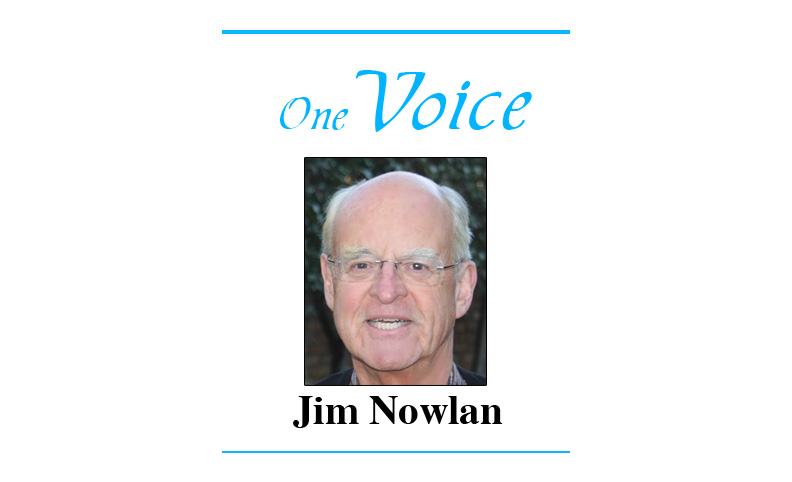
The likely overthrow of Roe v. Wade this month by the U.S. Supreme Court puts abortion back in the crosshairs of American public focus. The polar opposite Pro-Life and Pro-Choice camps appear more interested in ideology than in the practical matter of reducing decisions to have an abortion.
Enter Perry Klopfenstein of Gridley, in central Illinois. Klopfenstein waves the banner for “Pro-Reduction,” and calls for both sides to work together on the matter.
My friend Perry is a conservative small businessman, staunchly, pro-life. Perry is an Apostolic Christian, an adult-baptism sect noted in my rural locale for its close-knit families and mutual support among its members.
As with many people, I am opposed to abortion, yet come down on the pro-choice side of the divide. Perry thinks people like the two of us should come together to work on workable policies that would reduce abortions.
I still have in my files an op-ed by Perry that appeared in the April 5, 1998 edition of the Peoria Journal-Star. In his piece, Perry declared that rhetorical warfare has not produced positive results. “It’s time to break the stalemate, regardless of court decisions,” Perry said..
He lays out seven “incentives for life,” which include adoption, informed and parental, consent, and medical and living assistance for those who would carry to term, this last a rather liberal position.
Perry encourages the pro-choice side to come up with its suggestions as well. I think, for example, of better sex education and of making adoption easier. I hear from couples who want to adopt that the process is often more difficult that it needs to be.
Then there is an idea I have offered previously, which many find too harsh, to wit: In return for state safety net services that might be needed for a single mother and her first child, the woman would subsequently agree to wear a long-term birth control patch. I offer this for the sake of the woman, as an under-educated, single parent, who has more than one child is basically consigning herself to a life of dependency on the government dole.
The ideas above may have merit, or not. Perry’s point is that both sides could come together in support of ideas and efforts to reduce abortion, an objective most of us favor.
The Guttmacher Institute, a pro-choice research group, reports that in 2017 there were 14 abortions per 1,000 women age 15-44, which worked out to a rate of about 14 per 100 pregnancies.
It is a startling number to me, yet it is way down from earlier years. In 1980, an apparent high point for abortions, there were 29.3 abortions per 1,000 women age 15-44, obviously twice the 2017 rate.
Joe Carter of the Gospel Coalition, a pro-life group, identifies the following as factors in the lower rates of unintended pregnancies: Increased contraception use; fewer teens having sex; increased opposition to abortion among the young, and greater willingness to have a child from an unintended pregnancy.
So, let’s build on these factors and trends.
I propose we respond to Perry Klopfenstein’s clarion call for a Pro-Reduction movement on abortion, which would engage caring people from across the ideological spectrum.

